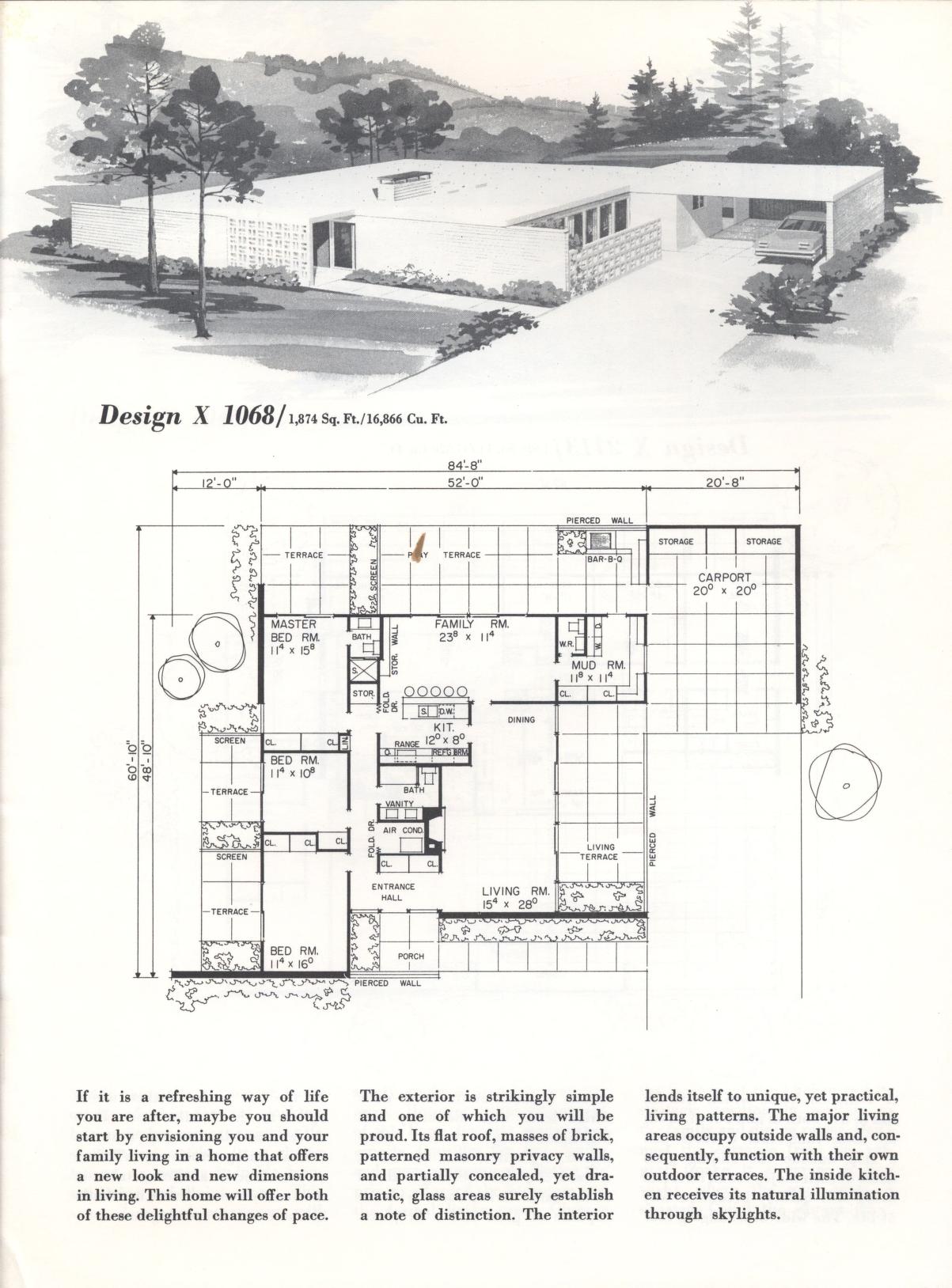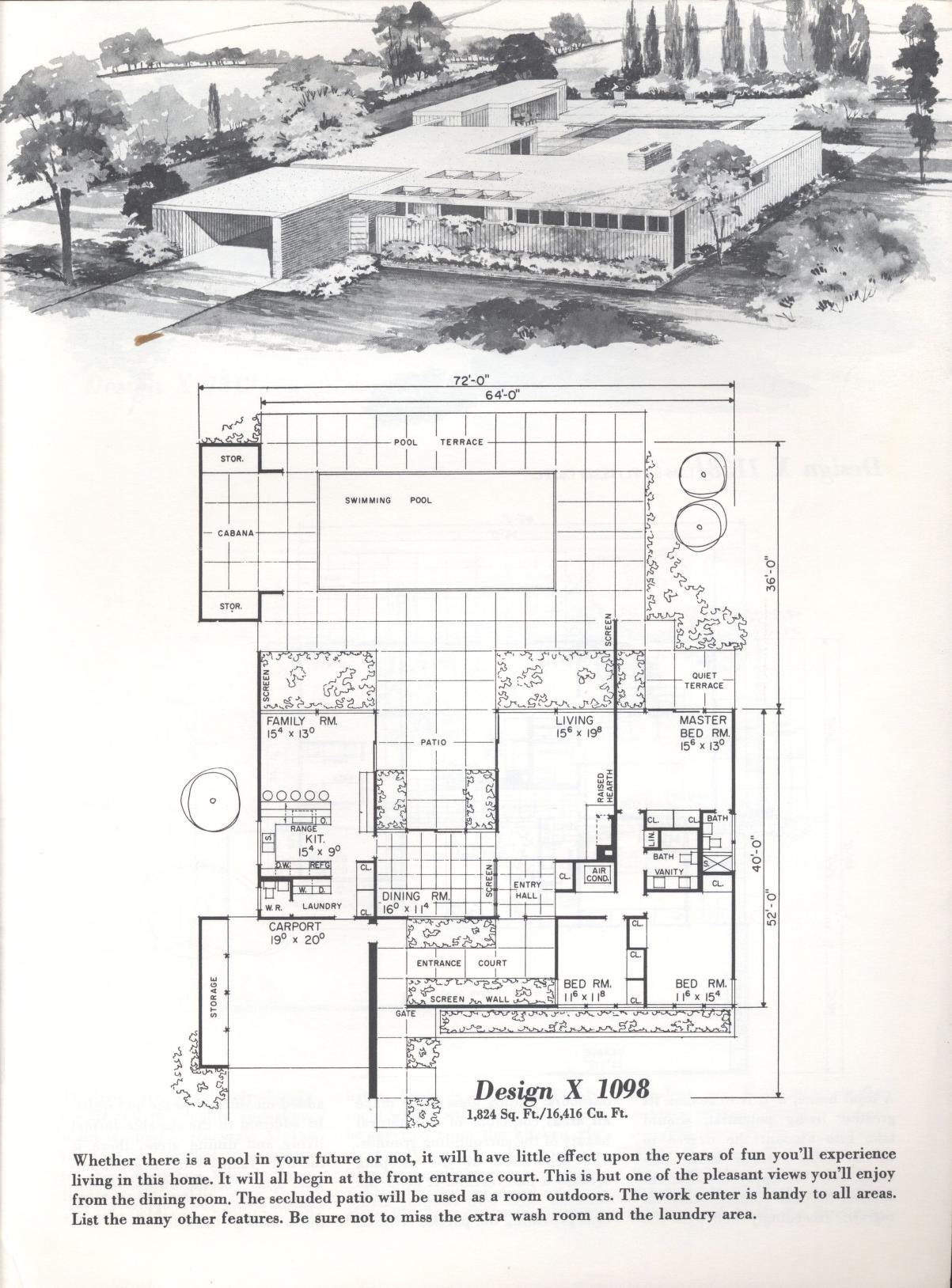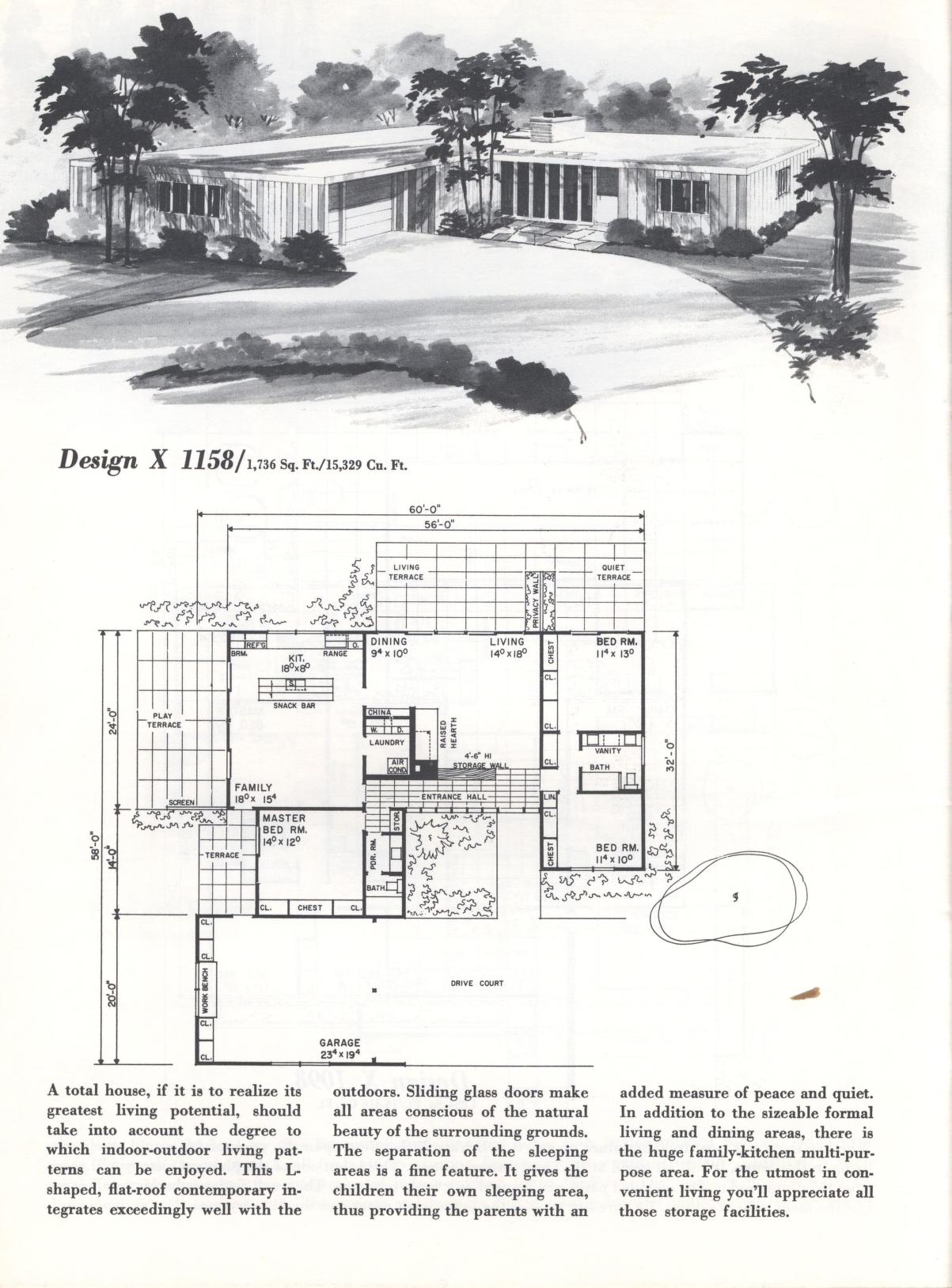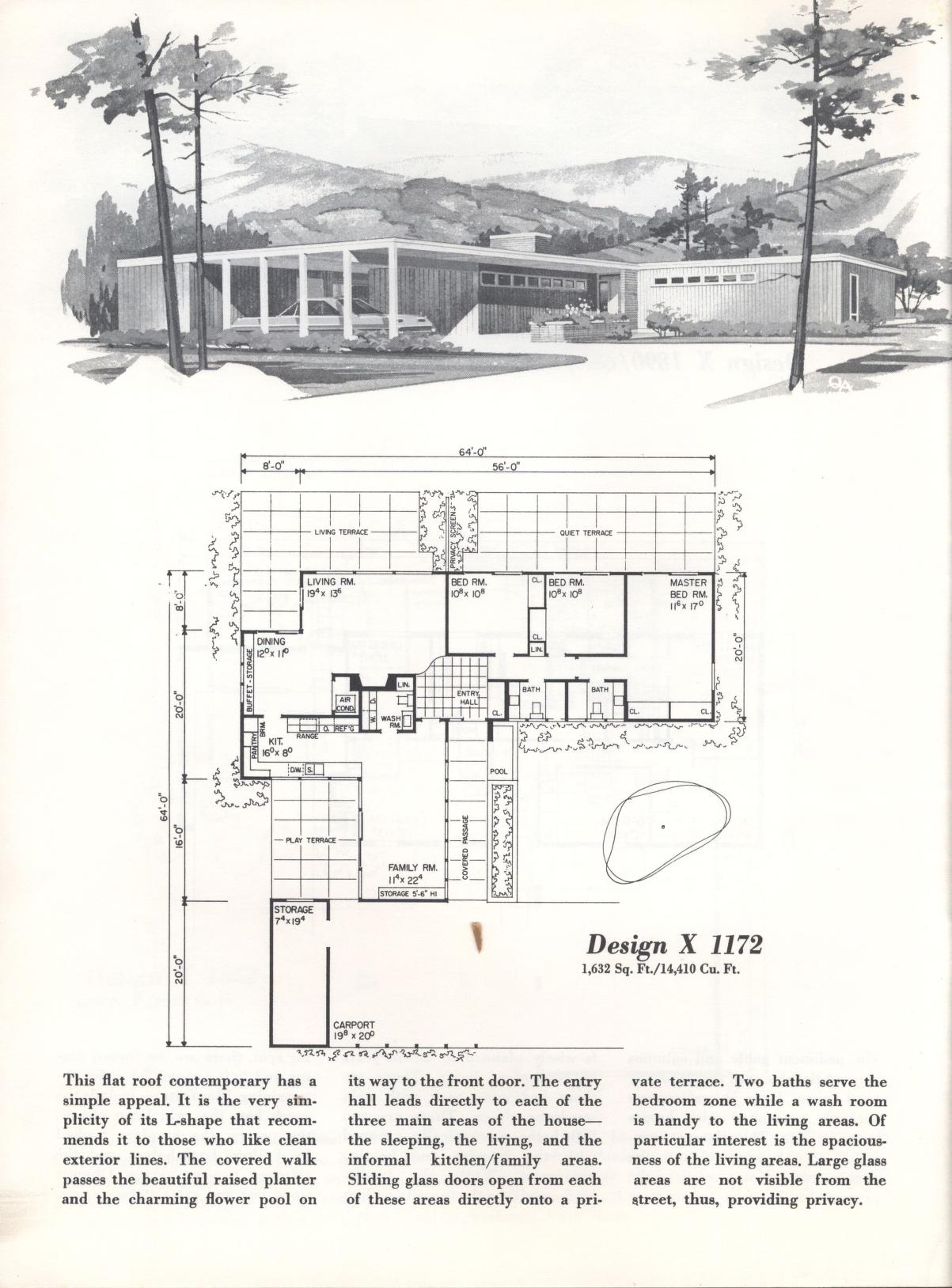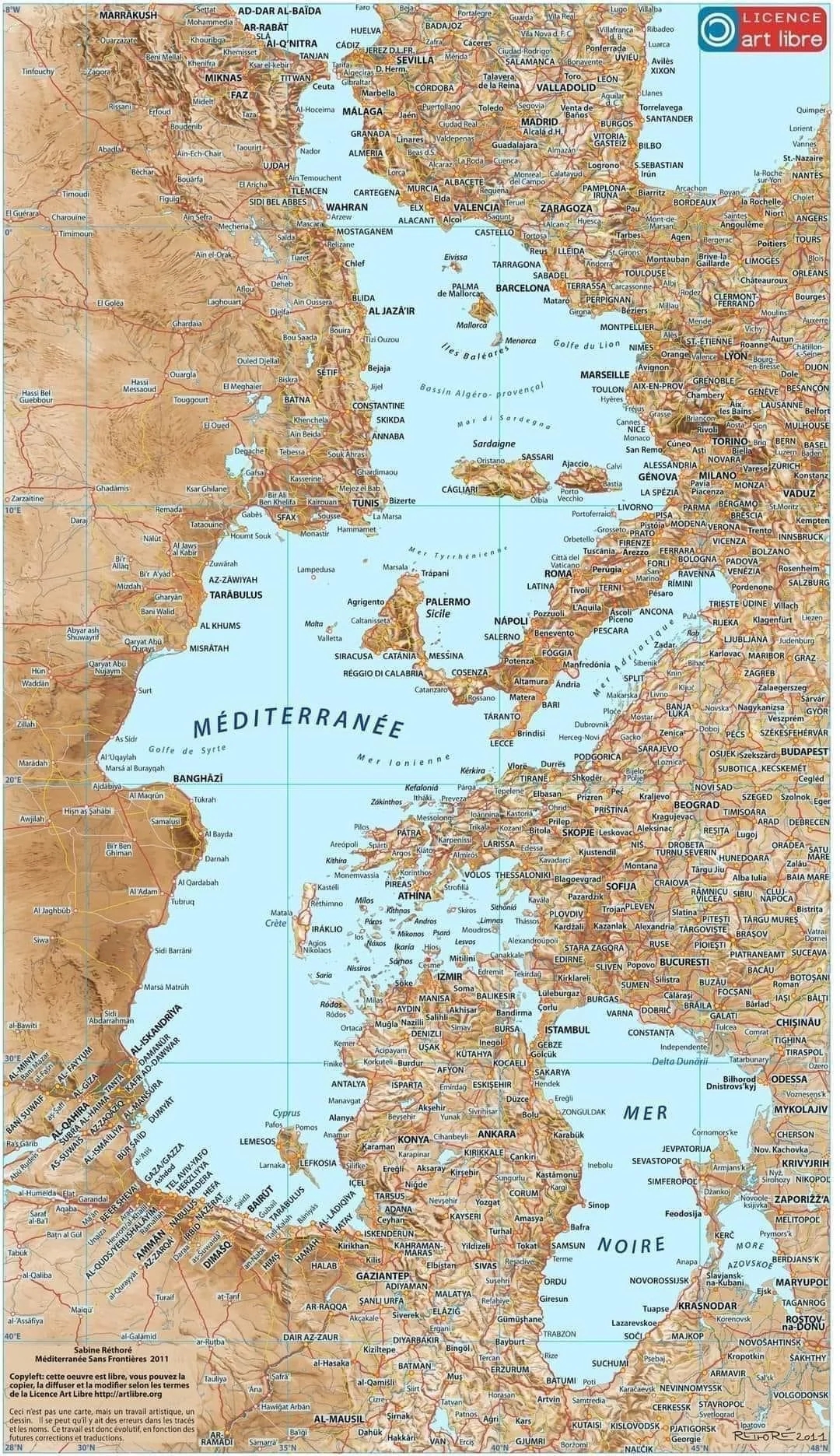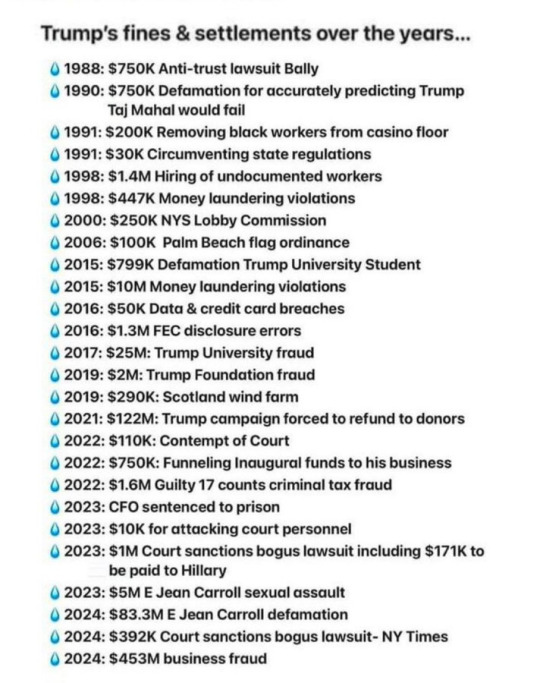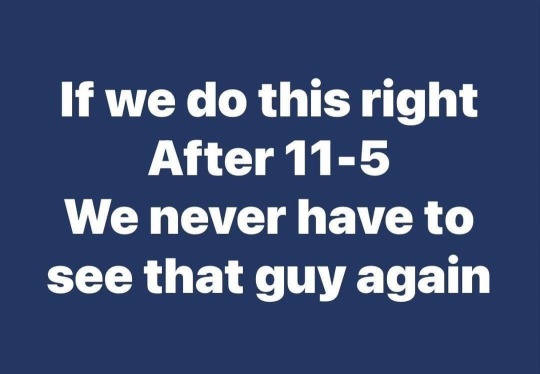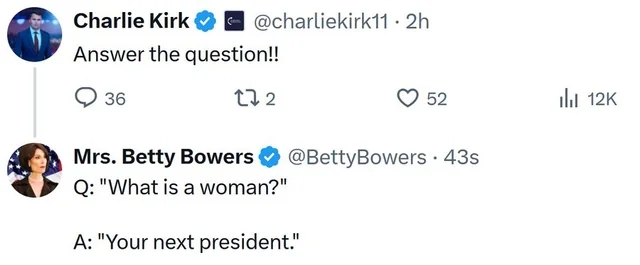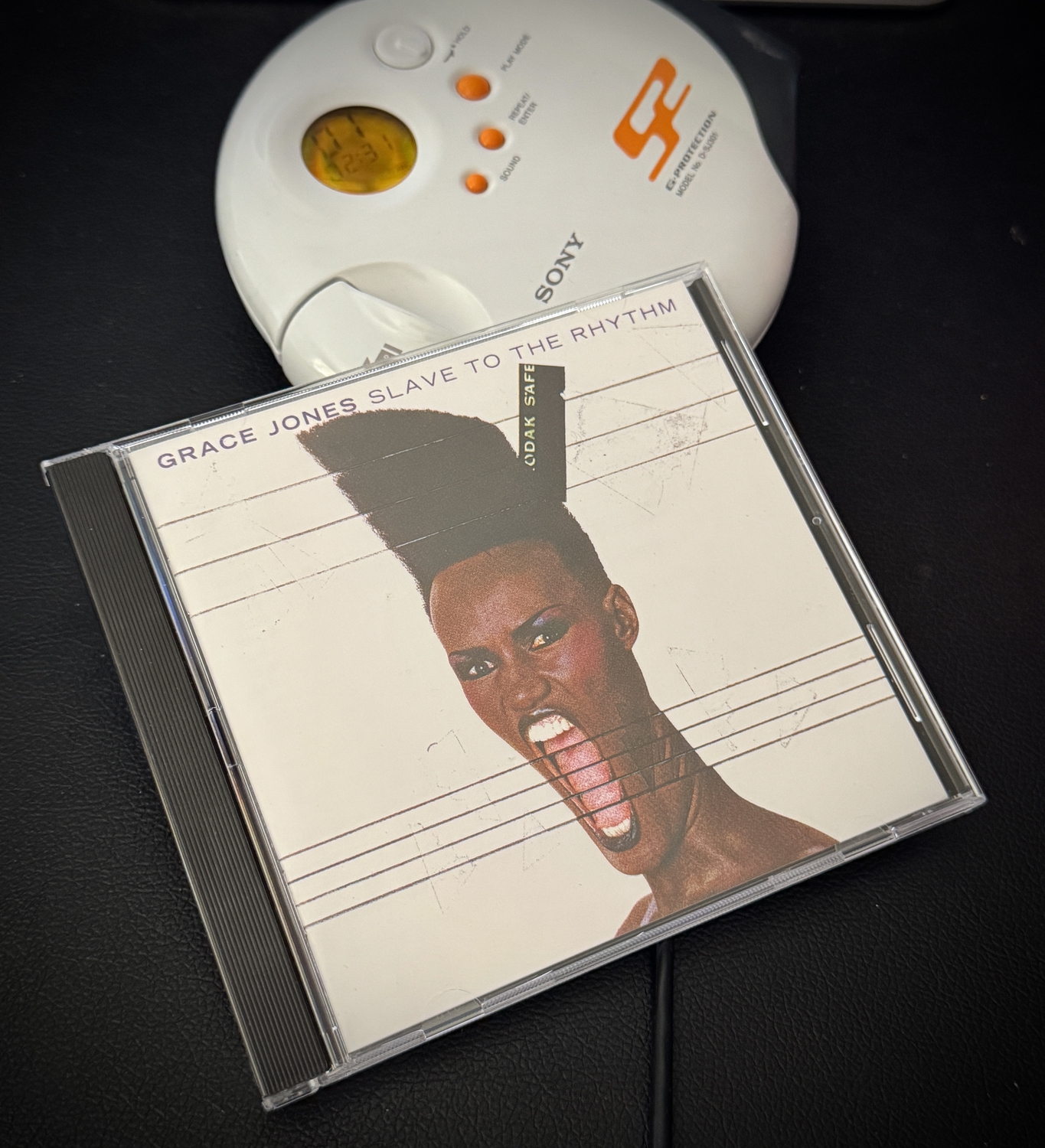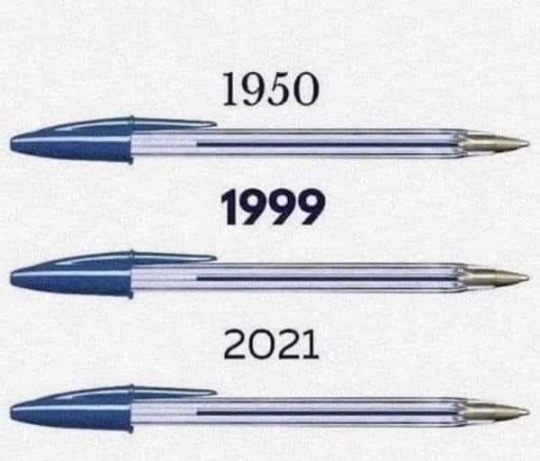How Many Of You…
Because We Need Some Relief
Okay, I Know It Was The 60s…
…but still, so many odd design choices.
When I was a young thing, whose father was an architect, I used to pour over these magazines that always seemed to be in abundance in our home. Aspiring to become an architect myself and dreaming of the wonderful home I'd someday build, these plans and renderings fired my imagination.
But looking at them now, sixty years later, they certainly seem dated in comparison to today's design aesthetic. The tiny, closed, cramped galley-style kitchens and equally utilitarian bathrooms, the all-but-useless formal dining areas and the separate living and family rooms. And just the way everything was closed off from everything else. They still fire my imagination, but now I look at these plans and ponder what I'd do if I were buy one and remodel it to bring it into the 21st century.
[Thanks, Rick!]
Triptych
Exactly
It's All About Perspective
Vomiting It All Up
🤣 🤣 🤣
Right?!
366 Days of UNF: August 28
Possibly The Song of the Summer
I am embarrassed to admit how many times I've watched this remix. pic.twitter.com/gSOIv7Fxlj
— CALL TO ACTIVISM (@CalltoActivism) August 26, 2024
Released 49 Years Ago Today
Donna Summer: A Love Trilogy (1975)
Released 44 Years Ago Today
B-52s: Wild Planet (1980)
My favorite of all their albums!
Released 45 Years Ago Today
366 Days of UNF: August 27th
It's That Kind of Morning
Bring It, Bitch
Attorney Mike Davis, one of The Felon's rumored attorney general candidates, is threatening lawsuits for anyone who calls the ex-president a convicted felon, writing on X:
"Dear Media and Other Democrat Operatives: Fair warning: Calling [him] a 'convicted felon' is defamatory. You may get sued."
Now, I will have to use his name to make my point … sorry in advance: Donald Trump was convicted of 34 felonies making him a felon. In simpler terms:
Donald Trump is a felon. Donald Trump is a felon. Donald Trump is a felon. Donald Trump is a felon. Donald Trump is a felon. Donald Trump is a felon. Donald Trump is a felon. Donald Trump is a felon. Donald Trump is a felon. Donald Trump is a felon. Donald Trump is a felon. Donald Trump is a felon. Donald Trump is a felon. Donald Trump is a felon. Donald Trump is a felon. Donald Trump is a felon. Donald Trump is a felon. Donald Trump is a felon. Donald Trump is a felon. Donald Trump is a felon. Donald Trump is a felon. Donald Trump is a felon. Donald Trump is a felon. Donald Trump is a felon. Donald Trump is a felon. Donald Trump is a felon. Donald Trump is a felon. Donald Trump is a felon. Donald Trump is a felon. Donald Trump is a felon. Donald Trump is a felon. Donald Trump is a felon. Donald Trump is a felon.
Done.
[source]
VOTE BLUE!
Notable Quotes
But You Already Knew That
Yup. It's Like That.
Just Because
Who wants gas station cake?
Funny, That…
Everyone's Used One of These at Some Point…
Science!
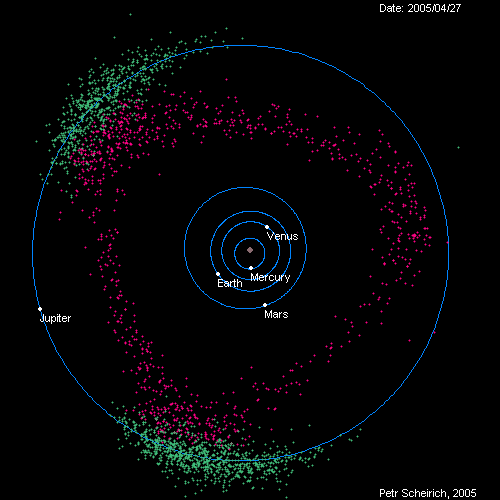
From Tumblr:
Hundreds of Science Fiction novels
Uncountable hours of hobbyist studies of Astrophysics
Documentaries. Classes.
This. Is what finally gets me to see how IMMENSE Jupiter really is
It really is like 10% of the way to being a Star…
It looks like there's enough material for a whole additional planet after Mars, that's just… being perpetually perturbed out of a proper accretion disk by Jupiter's big fat fucking gravity well.
So why are the red objects in a triangle? And how come the green clusters are at only two of the points?
Because of the interaction between Jupiter's gravity and the Sun's gravity, only certain orbits are stable. Specifically, orbital periods close to – but just a little longer or a little shorter than – Jupiter's are unstable. This actually holds true to some extent for all the IAU-recognized planets, though it's most obvious with Jupiter. The green clusters are known as the Trojans (called that because they were named after figures from the Trojan War – with two exceptions, those at the leading point are named after figures on the Greek side and those at the trailing point are named after figures on the Trojan side), which surround two of the five Lagrange Points, known as the L4 and L5 points, which are 60 degrees ahead and behind it. A diagram using the Earth-Moon system (not to scale):
The principle is the same for any system where the first object is much larger than the second object, with the same angular separations
Anything at one of those points will have a stable orbit equal in length to the Earth's orbit. However, only the L4 and L5 are stable in the long term. Objects that are close to the L4 and L5 point will, over the long run, kind of circle around them, with an orbit that varies over time, being sometimes slightly shorter than and sometimes slightly longer than the second object, but averaging over the long run exactly the same, causing their angular distance from Jupiter to fluctuate over time, but always around 60 degrees. Because of Jupiter's large mass, it has the most dramatic effect. A large number of asteroids have gotten caught in orbits around its L4 and L5 points. These are the ones that are marked in green on the above gif. Jupiter has over 10,000 total known asteroids between its L4 and L5 points, while most of the other planets have a few in theirs. Earth, for example, has two known asteroids in its L4 point, but none in its L5 point. Neptune has a total of 28 known asteroids between its L4 and L5 points. Mercury and Saturn are not known to have any. Theoretically, it might be possible in some other solar system for an actual planetary-mass object to be located in the L4 or L5 point of a larger Jovian, though no such system has been discovered to date
The red asteroids are known as the Hilda asteroids (named after their largest member, the asteroid 153 Hilda). Unlike the Trojans, their orbits are not in a 1:1 ratio, but rather, in a 3:2 ratio, that is, they orbit three times for every two of Jupiter's orbits (on average). Their aphelion (furthest point from the Sun) approaches Jupiter's orbit, but their orbits are such that those aphelions are reached when Jupiter is either 60 degrees ahead, 180 degrees, or 60 degrees behind – as their orbital period is 2/3 of Jupiter's orbit, each time it reaches the aphelion, the angular separation between it and Jupiter is 120 degrees less – i.e., if the first time it is on the opposite side of the Sun from Jupiter, the second time it will be 60 degrees ahead, the third time it will be 60 degrees behind, and then repeating the fourth time. Hence, when you map out all of them, those at their furthest approach from the Sun – coming approximately to Jupiter's orbit – are either 60 degrees behind Jupiter, 60 degrees ahead, or 180 away, and those that are at their closet point are between the Sun and Jupiter, 120 degrees ahead, or 120 degrees behind, with those at intermediate distances being at intermediate angles. So, each individual asteroid follows an elliptical orbit, but the sum total of all their positions creates a rough triangle which appears to orbit with Jupiter
Other orbits that are close to Jupiter's, but not in those 1:1 or 2:3 ratios, don't last long. They'll either end up getting caught up in the 1:1 or 2:3 ratio, or end up getting flung out of those orbits ending up in significantly smaller or significantly larger orbits. Jupiter's orbit also causes certain gaps in the asteroid belt around orbital periods that would be unstable with Jupiter's influence.
Please note the image above is not actually the entire asteroid belt. The main asteroid belt is a circular shape. A more complete, but non-animated image:



